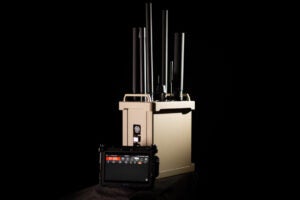
Robert Peters, the former chief of strategic trends and effects for the Defense Threat Reduction Agency (DTRA) from 2019 to 2022, argues that some of the future Northrop Grumman [NOC] LGM-35A Sentinel ICBMs should field at bases but come with transporter erector launchers. "Making a comparatively modest investment (an additional cost of roughly $20 billion over the next 50 years) in a slightly more diversified strategic arsenal will be well worth the money," Peters, a research fellow for nuclear deterrence…














